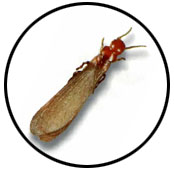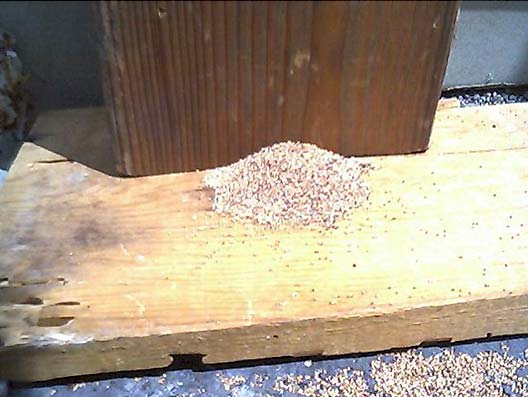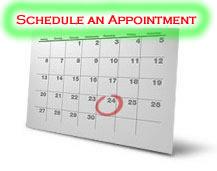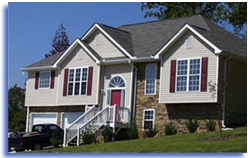
|
Drywood TermitesThe western drywood termite, Incisitermes minor, is California's second most important termite pest after the western subterranean termite. It is a native insect that has been here millions of years, mostly attacking trees along river washes and arroyos. In California drywood termites are most prevalent in southern California and the Central Valley but also can be found infesting wood along the coast, in bay areas south of San Francisco and in the southern California desert. Because of the difficulty in detecting drywood termites and determining the extent of the damage done, do-it-yourself treatments are not recommended; consult a termite control professional. Over-the-counter products with drywood termites on the label for do-it-yourself enthusiasts do not exist. Except for wood removal, homeowners should seek help from pest control professionals. This publication is intended to provide homeowners with sufficient background information so that they can better discuss treatment options with pest control professionals; it is not intended as a treatment guide.
Detection Drywood termites are secretive insects and are difficult to detect. They live deep inside wood and, except during periods when they swarm or when repair work is being done on infested homes, they are seldom seen. Colonies are small (usually fewer than 1,000 individuals), can be widely dispersed, and take years to mature. While a homeowner may initially detect the presence of termites when they swarm or if fecal pellets are discovered, inspecting for drywood termites and determining the extent of an infestation requires experience. The minimum requirement by California state law for drywood termite inspections includes visual searches of accessible areas. However, detection of difficult-to-find infestations may require removal of walls, paneling and stucco as well as the use of ladders and scaffolds. During a visual inspection for drywood termites, inspectors look for feeding damage, shed wings and kickout holes, which are small holes the size of a BB shot through which termites push fecal pellets out of the wood. Fecal pellets, hexagonal in shape, are diagnostic for drywood termites. However, whether the infestation is currently active or what the extent of the infestation is, cannot be determined from pellets alone. Cleaning up the fecal pellets around a kickout hole and checking a few days later to see if new pellets have appeared can help to determine if an infestation is active. (Building vibrations/movements may cause some pellets to appear.) If an active infestation of drywood termites is found in your structure, you should have it treated.
|
|
| Welcome | Termites | General Pest | Treatments | Guarantee | Contact Us | Site Map |
Copyright 2009 Buy-Rite Termite & Pest Control | 888-575-2782 |
||||||



